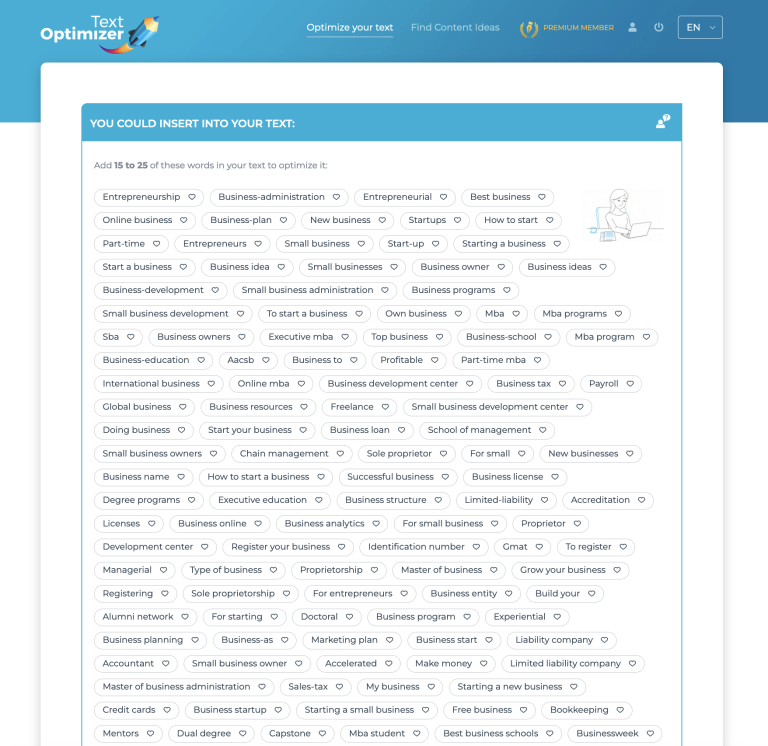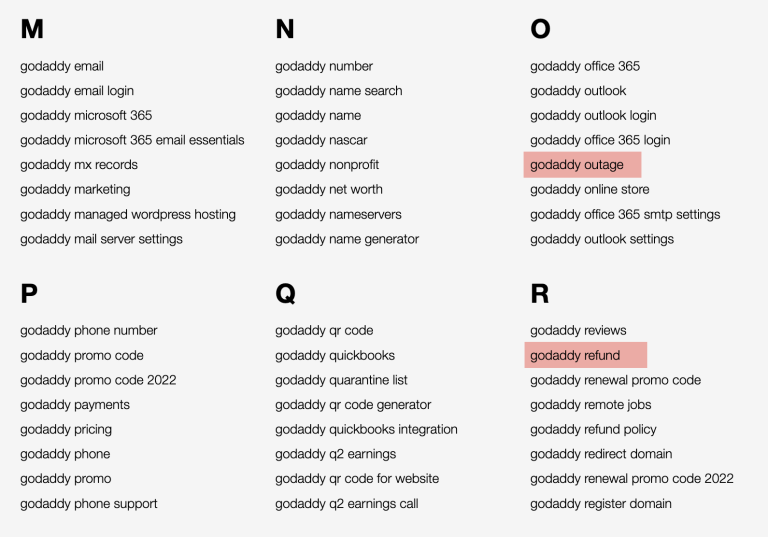
Online reputation crisis happens when any kind of negative information related to your company starts spreading. A single negative review is not a reputation crisis. But if that customer’s negative experience with your company is being actively discussed on several social media channels, turns into memes, and gets shared among friends – that is a reputation crisis.
Reputation problems occur not only as a result of unsatisfied customers. Unhappy (past) employees can voice their frustration in public. Or a malware attack can result in unfortunate misunderstandings or even data leaks.
There may be many reasons for a reputation crisis, in fact, so many, that hardly any brand can consider itself safe from one. Social media has given negative comments wings. It is too easy to suddenly see your brand name mentioned in a negative context all over the web, whether your business is big or small. That negative footprint may take years to get rid of.
While any business is dreading facing a reputation crisis, knowing how to react if it happens is fundamental to a speedy recovery.
Make sure you will be the first to know
The earlier you realize there’s a reputation crisis coming (or already happening), the better. A crisis often fades away as soon as the business steps in to clarify and fix the situation. A well-set-up social media listening strategy is an effective way to ensure your team and you are promptly alerted of negative comments or publications.
Awario is a solid platform that uses Artificial Intelligence to prioritize important negative mentions and notify you right away. You can set up Awario to send Slack notifications which will come straight to your phone.
Investigate the situation quickly but thoroughly
While getting an alert is important, don’t rush to respond to those comments right away. Try to avoid getting too emotional and remain quiet until you know what actually happened.
Emotions can make things much worse. If there’s an unhappy customer or customers voicing dissatisfaction, reply that you are investigating the matter and will keep them updated. If there’s a quick fix to an issue (e.g. a refund or a website clean-up), make sure it is fixed as quickly as possible.
Publish an official response
Once you know what is going on, you can post your brand’s official response. Use all your digital media channels to make sure a lot of people are reached. These include your own site, social media channels, and other offsite channels, like press releases.
Here’s a great list of crisis recovery case studies, and here are press release examples for you to have resources ready for when you need them.
Your official response needs to be neutral and professional. Keep in mind that those press releases can rank for your brand name, so focus on what has been done rather than what actually happened. You need to control the sentiment and steer it to the positive side.
Take a pause, then evaluate the impact
Taking a pause is important because you and your team need time to put emotions aside and move on. Even the biggest scandals die out eventually as people lose interest in discussing them any further.
After a few months, you can go back and evaluate the impact as well as figure out what kind of lessons you have learned from the situation.
But before that keep yourself and your team busy with something else. Try to do something useful, yet distracting. This is a time to start a seasonal mini-project to move away from your brand name and try something new. Namify could offer you lots of ideas. Somehow I always feel inspired by just looking at fun names it suggests.
Or run your keyword through Text Optimizer to find some content ideas to keep yourself busy. This is a good time to create something new, invest in lead magnets, or even set up a course.

Once some time passes, start investigating what kind of footprint that reputation crisis caused and how to eliminate the impact. Search for your name in Google and run your brand name through Google Autocomplete tools to see if there are any traces left from that incident. This is important to try and rank your own assets for all of Google’s suggestions Google is showing for your brand name.
This tool will run your brand name through Google Autocomplete’s suggestions and expand them using every letter of the alphabet giving you the full picture of how your name is being searched. Look for any suggestions with potentially negative connotations and create content to address all those search queries:

Don’t take it personally
It is too easy to take these situations personally. However, the truth is even very well-organized organizations that take pride in their culture may inevitably face a reputation crisis. Mistakes and misunderstandings happen. And that’s just what any brand needs to be ready to cope with. You’ve got this.
Image: Envato Elements
This article, “How to Manage Online Reputation Crises” was first published on Small Business Trends